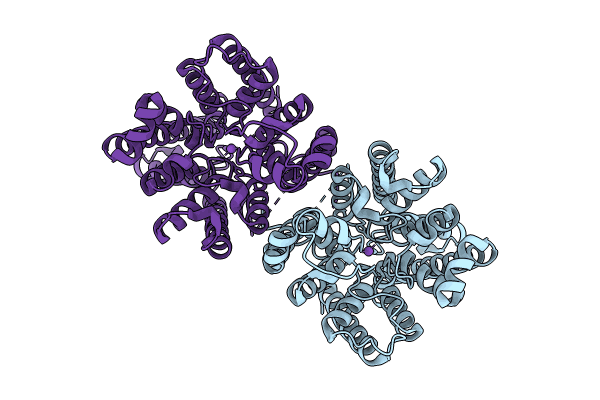
Deposition Date
2023-09-05
Release Date
2024-02-14
Last Version Date
2025-07-02
Entry Detail
PDB ID:
8W9T
Keywords:
Title:
Structure of TaHKT2;1 in NaCl at 2.6 Angstroms resolution
Biological Source:
Source Organism:
Triticum aestivum (Taxon ID: 4565)
Host Organism:
Method Details:
Experimental Method:
Resolution:
2.60 Å
Aggregation State:
PARTICLE
Reconstruction Method:
SINGLE PARTICLE


